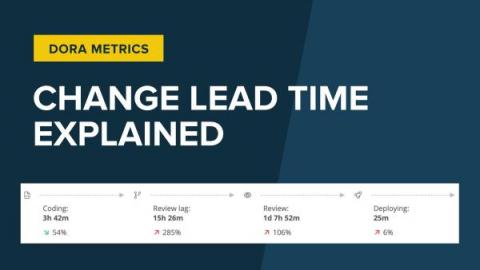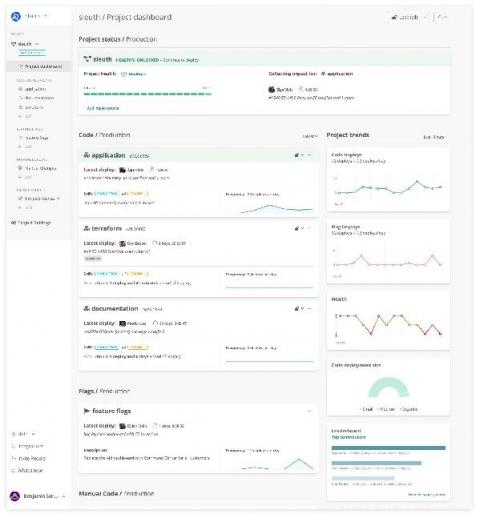Change Lead Time Explained
This post is the second in a series of deeper dive articles on the four DORA metrics. The first metric we looked at was Deployment Frequency, which is about how often code can get released to end users. In this second article, we’ll look at Change Lead Time, arguably the metric most familiar to developers.











